When visiting Japan, many travelers immediately think of sushi and sashimi.
And the ingredient that defines these dishes is wasabi.
However, few visitors realize that real Japanese wasabi (fresh wasabi) is very different from the green paste commonly served abroad. Grown in water-rich regions like Shizuoka and Nagano, authentic wasabi offers a clean sharpness, a refreshing aroma, and a hint of sweetness that appears only when freshly grated. This delicate flavor is a unique part of the Japanese dining experience.
Wasabi is not only a sushi condiment but also a key to understanding Japanese cuisine. Knowing the proper way to use it—such as placing it directly on the fish rather than mixing it with soy sauce—enhances many dishes. It also pairs well with soba, tempura, steak, and modern desserts, and appears in regional specialties like wasabi-don and wasabi-zuke.
Wasabi farms have become popular destinations where travelers can explore traditional cultivation, enjoy scenic wasabi fields, and try grating fresh wasabi themselves. Famous spots such as Daio Wasabi Farm in Nagano and the wasabi fields of Izu in Shizuoka attract many international visitors.
In this article, we introduce the characteristics of real wasabi, how to enjoy it, recommended dishes, sightseeing spots, and tips for purchasing wasabi products—a concise guide for anyone who wants to experience authentic wasabi in Japan.
What is Wasabi?
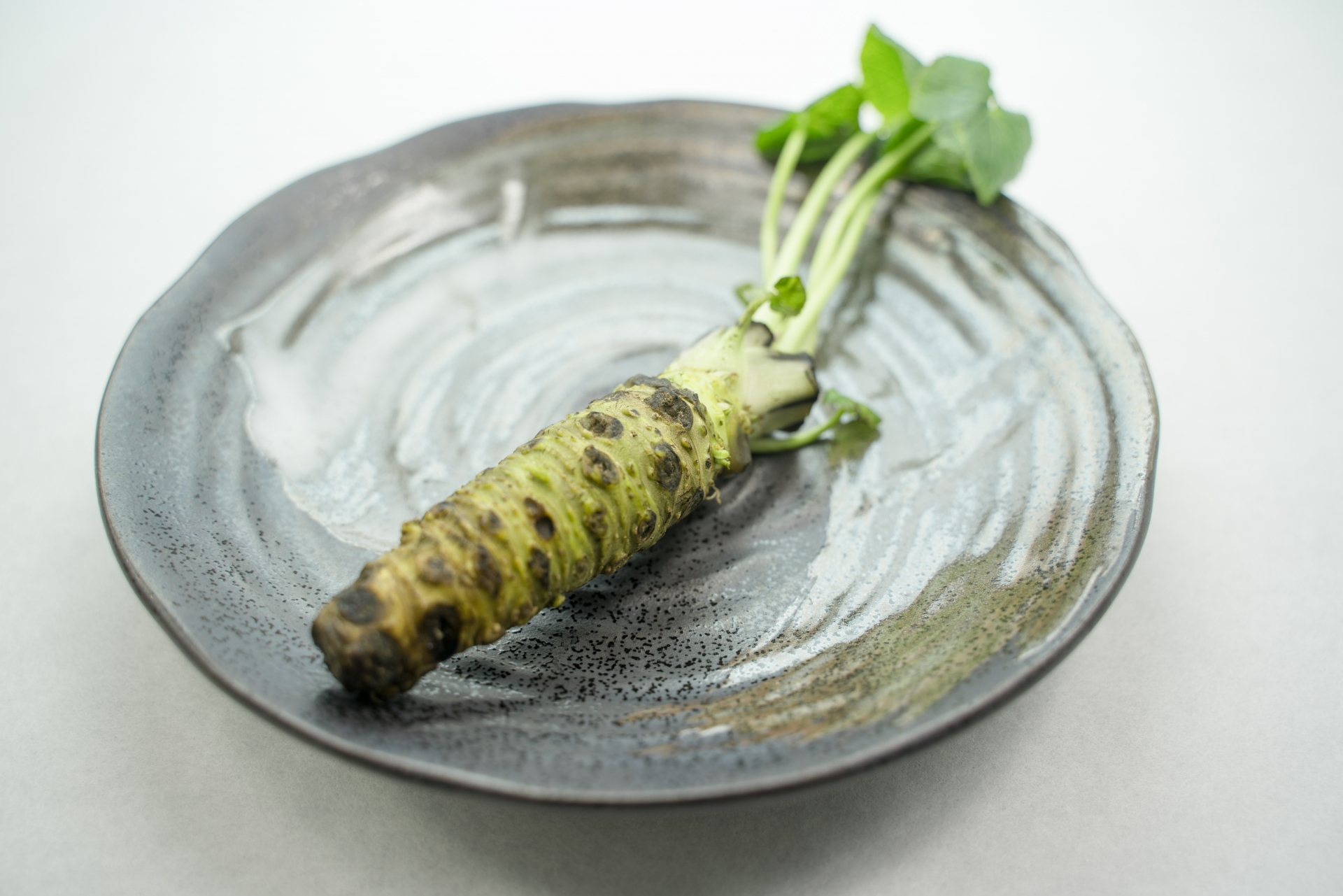
Wasabi (山葵) is a plant belonging to the Brassicaceae family, and its rhizome is grated for use.
Wasabi is famous for its distinctive spiciness, which is felt as a sharp, nasal sensation.
Unlike other spices, wasabi’s heat is instantaneous and doesn’t linger.
The Difference Between Japanese Wasabi and Western Wasabi
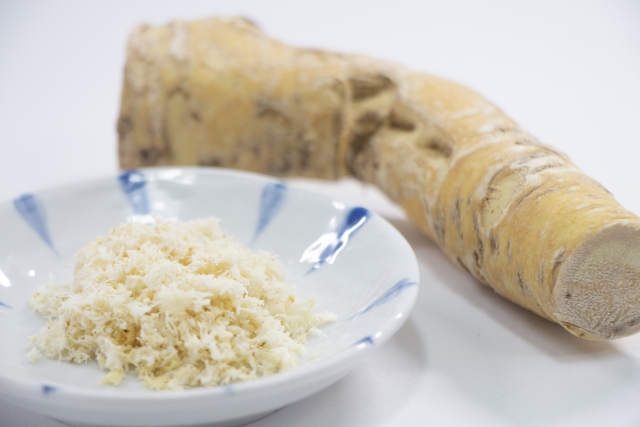
Often confused with each other, Japanese wasabi (hon-wasabi) and Western wasabi (horseradish) are different plants.
Western wasabi is widely used in Europe and is known for its stronger pungency and whitish color compared to hon-wasabi.
Japanese hon-wasabi is green and offers a unique flavor with a delicate spiciness.
Both have their own culinary uses, but hon-wasabi is indispensable in Japanese cuisine.
The Cultural History of Wasabi
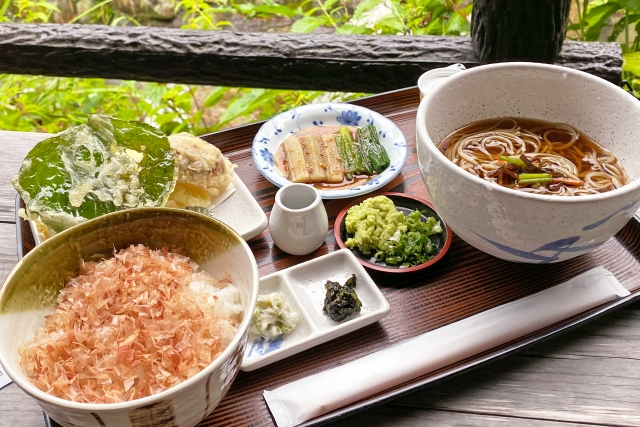
Wasabi has long been a part of Japanese food culture.
There are records of its use as a medicinal plant as far back as the Nara period (8th century).
By the Heian period (9th century), it began to be used as a food ingredient.
During the Edo period (17th century), sushi became widely popular, and wasabi established itself as a common condiment for sushi.
Over time, wasabi evolved alongside Japanese history and has now become an essential element of Japanese cuisine, beloved worldwide.
Wasabi Growing Regions in Japan
Japan boasts several famous wasabi-growing regions, each leveraging its unique climate and terrain to cultivate this prized plant.
Here are some of the main wasabi-producing areas:
Shizuoka Prefecture (Azumino City)
With its pristine water and cool climate, Shizuoka is ideal for wasabi cultivation.
Many wasabi farmers here have been in the business for over 100 years.
Nagano Prefecture (Ina City)
Wasabi from Nagano is grown using the refreshing highland water.
The region is known for producing high-quality wasabi.
Shimane Prefecture (Izumo City)
This area is abundant in natural spring water and has a long history of wasabi cultivation.
Akita Prefecture (Semboku City)
Famous for mountain wasabi, Akita offers a cool climate and rich water resources, producing wasabi with a unique flavor.
Challenges in Wasabi Cultivation
Growing wasabi is a labor-intensive process that requires a special environment with pristine water.
It can take between one to two years for wasabi to mature and be ready for harvest.
Here are some key challenges in wasabi production:
Pristine Water
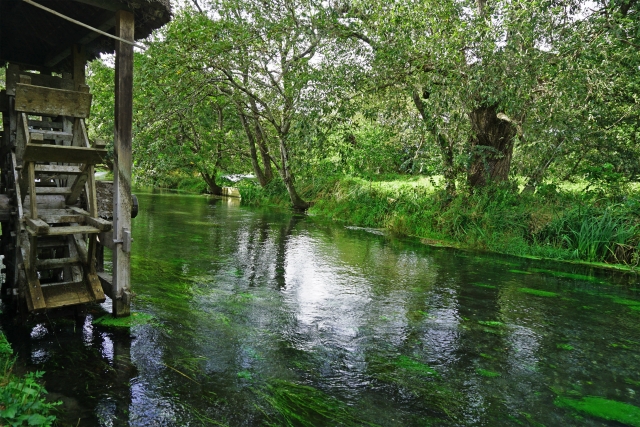
The quality of water is crucial, and a constant flow of cold water is necessary.
Temperature Control
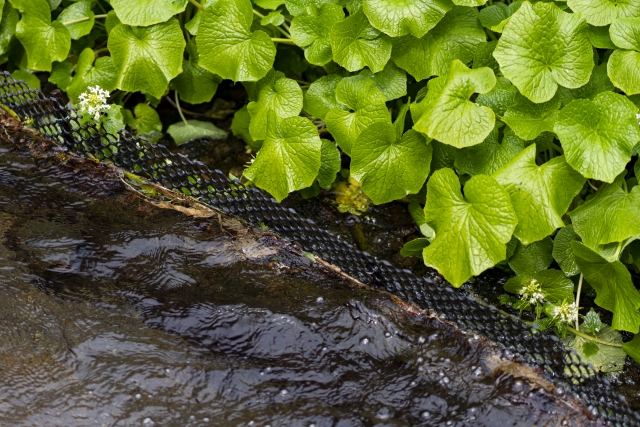
Ideal growing conditions require minimal temperature fluctuations, avoiding high heat and direct sunlight.
Soil Preparation
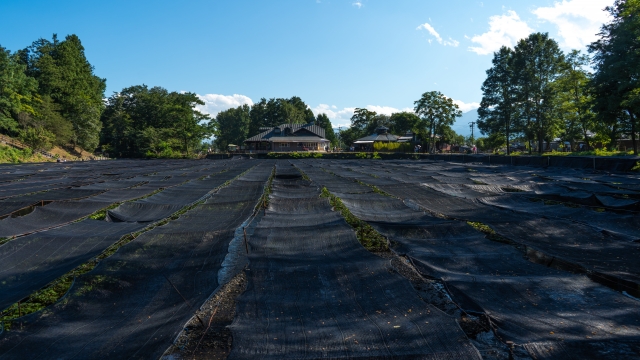
Fertile, well-drained soil is essential, and meticulous care and management are required.
How to Eat Wasabi
Wasabi can be enjoyed in a variety of ways.
Below are some common ways to enjoy Wasabi.
Sushi
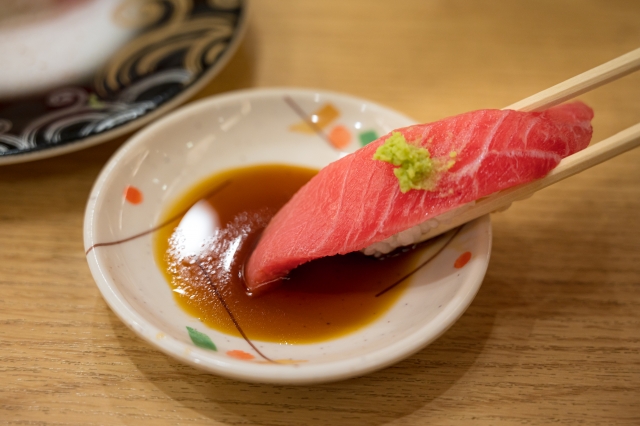
Enhances the freshness of fish.
It can be added between sushi ingredients and rice.
Sashimi
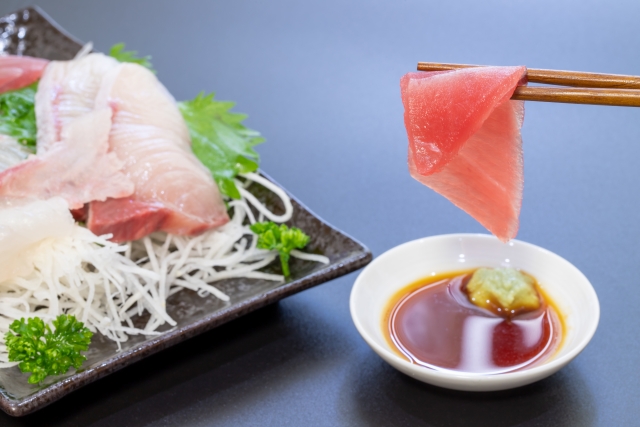
The sweetness of the fish and the spiciness of Wasabi match perfectly.
Dissolved in soy sauce.
Soba
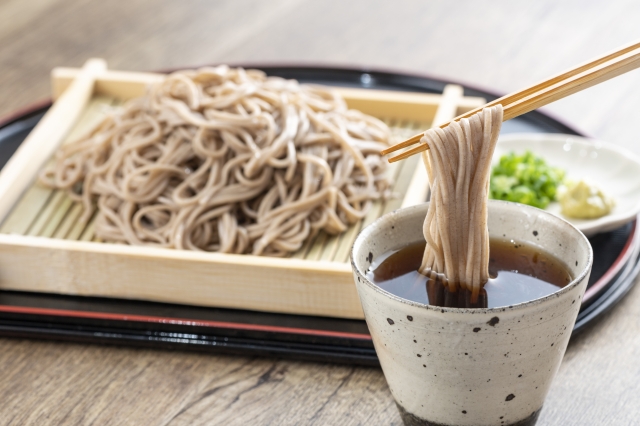
Dissolved in soy sauce to add flavor.
Goes well with the aroma of soba noodles.
Dishes Using Wasabi
Wasabi is a versatile ingredient used in various dishes.
Here are some popular examples:
Wasabi Roll
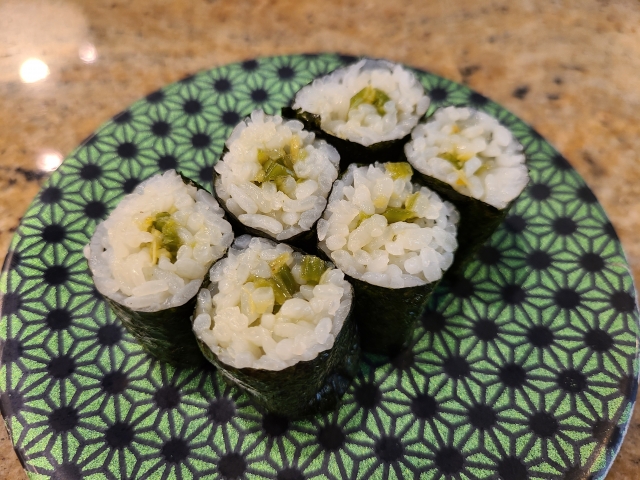
A simple dish where wasabi and vinegared rice are wrapped in seaweed.
It’s known for its sharp, spicy kick.
Wasabi Zuke
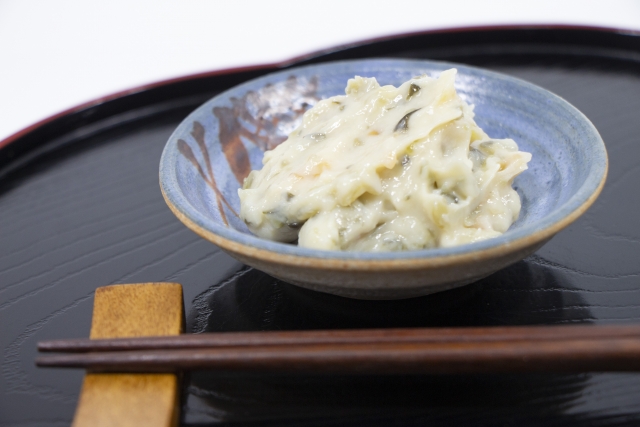
A preserved food made by soaking wasabi stems in sake lees.
It's perfect as a side dish with rice.
Wasabi Sauce
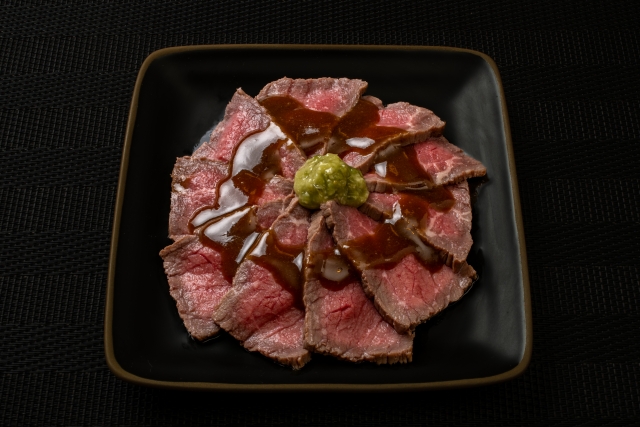
Used as a dressing for steaks or salads, this sauce adds a spicy accent to your meals.
Wasabi Mayonnaise
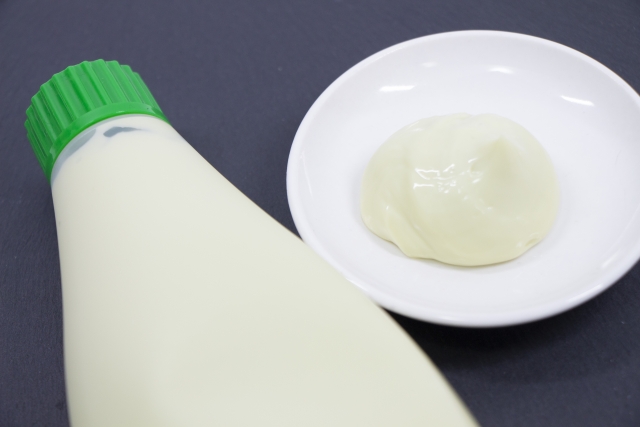
A sauce made by mixing wasabi with mayonnaise, ideal for sandwiches and dips.
Wasabi Ice Cream
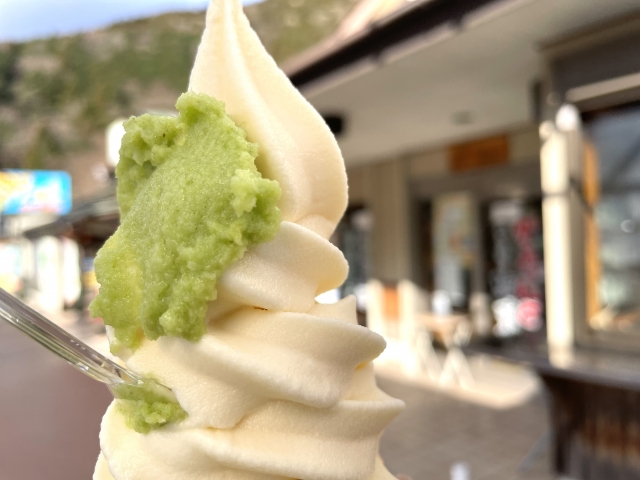
The combination of wasabi’s spiciness and the sweetness of ice cream creates a unique and delightful dessert experience.
Conclusion
Japanese wasabi, with its distinctive flavor and spiciness, captivates people worldwide.
Cultivating wasabi requires a great deal of effort and time, but it is well worth it.
If you have the chance to visit Japan, be sure to try authentic wasabi.
Experience its charm not just in sushi and sashimi but in a variety of dishes.
Engaging with Japan's wasabi culture will deepen your appreciation of Japanese cuisine.



